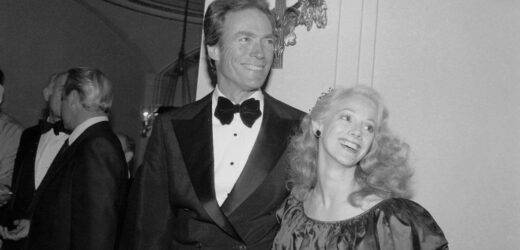Most people think celebrity life is about enjoying the spotlight, red carpets, and opulence mansions. The truth of the matter is that the lifestyle of these celebrities can get complicated and can lead to ugly lawsuits.
As the world watched Johnny Depp and Amber Heard’s recent trial unfold in real-time, some people were reminded of another lawsuit between a once-loving celebrity couple, Clint Eastwood and Sondra Locke. How it played out was oddly reminiscent of Depp and Heard’s court case.
Clint Eastwood and Sondra Locke’s relationship
Locke was a famous producer, actor, and singer in the ’70s. She was an enthusiastic performer with an adamant character who starred in various movies alongside Eastwood, such as Every Which Way But Loose, Bronco Billy, and The Outlaw Josey Wales.
Vanity Fair reports that Eastwood and Locke first met in 1972 when Locke experienced the casting process for a role in his movie Breezy. They later became involved in 1976 while working together on The Outlaw Josey Wales. Locke confessed they fell in love instantly despite being married to others. Eastwood selected her to be his love interest in the film.
Later, the two worked together on another film, The Gauntlet. Eastwood had no intention of hiding their tumultuous relationship from the public eye or his wife.
When the two first met, Locke was married to a gay sculptor, Gordon Leigh Anderson. Locke never divorced him, and their marriage was legal when she was in a relationship with Eastwood.
Eastwood and Locke engage in legal battles

Their relationship turned sour in 1978 when Locke discovered she was pregnant, according to Vanity Fair. At the time, Locke was still married to Anderson. Eastwood was not pleased with the pregnancy news and urged her to terminate the pregnancy. She agreed to have an abortion, only to get pregnant again the following year. Locke claimed Eastwood even encouraged her to get a tubal ligation.
After a decade together, Eastwood decided to end the relationship by changing their Bel-Air house locks and storing all her things in storage.
Locke took the matters to court and filed a palimony suit. In the written statement, she elaborated on how she was kicked out of the house. She sued Eastwood for emotional distress and breach of contract, among other issues. In the legal battle, Locke requested to remain the owner of the Bel-Air house and property in Hollywood Hills. She also stated the two abortions and tubal ligation in the declaration.
After one year of engaging in legal battles, reports Vanity Fair, Locke dropped the lawsuit after Eastwood promised her a three-year development contract to supervise films for Warner Bros. She received $1.5 million, and Warner Bros. gave her an office. Locke later revealed she never worked on any movie, and Warner Bros. rejected all of her projects.
In 1996, she sued Eastwood again for fraud. Locke claimed the project-development deal she agreed to was a planned trick so that she could drop the palimony suit. She accused Eastwood of paying money to create a dead-end career for her. In the lawsuit, Locke sought $ 2 million in damages. Eastwood settled the case with her.
Similarities between the Eastwood/Locke battle and Johnny Depp and Amber Heard’s trial

Depp and Heard are another celebrity couple to engage in a high-profile legal battle. There are several similarities between these two legal battles. Eastwood and Depp were both 58 years at the time of the lawsuit.
In both cases, a younger, blonde woman in entertainment — viewed as a less critical talent — faced a Hollywood icon. The case’s implications were quite similar. Locke accused Eastwood of being abusive and hurting her career. Both focused on compensation in financial forms.
Depending on how you view the verdict, you could believe that Locke and Heard have seen their acting careers ruined as their reputations were dragged through the mud.
Source: Read Full Article



